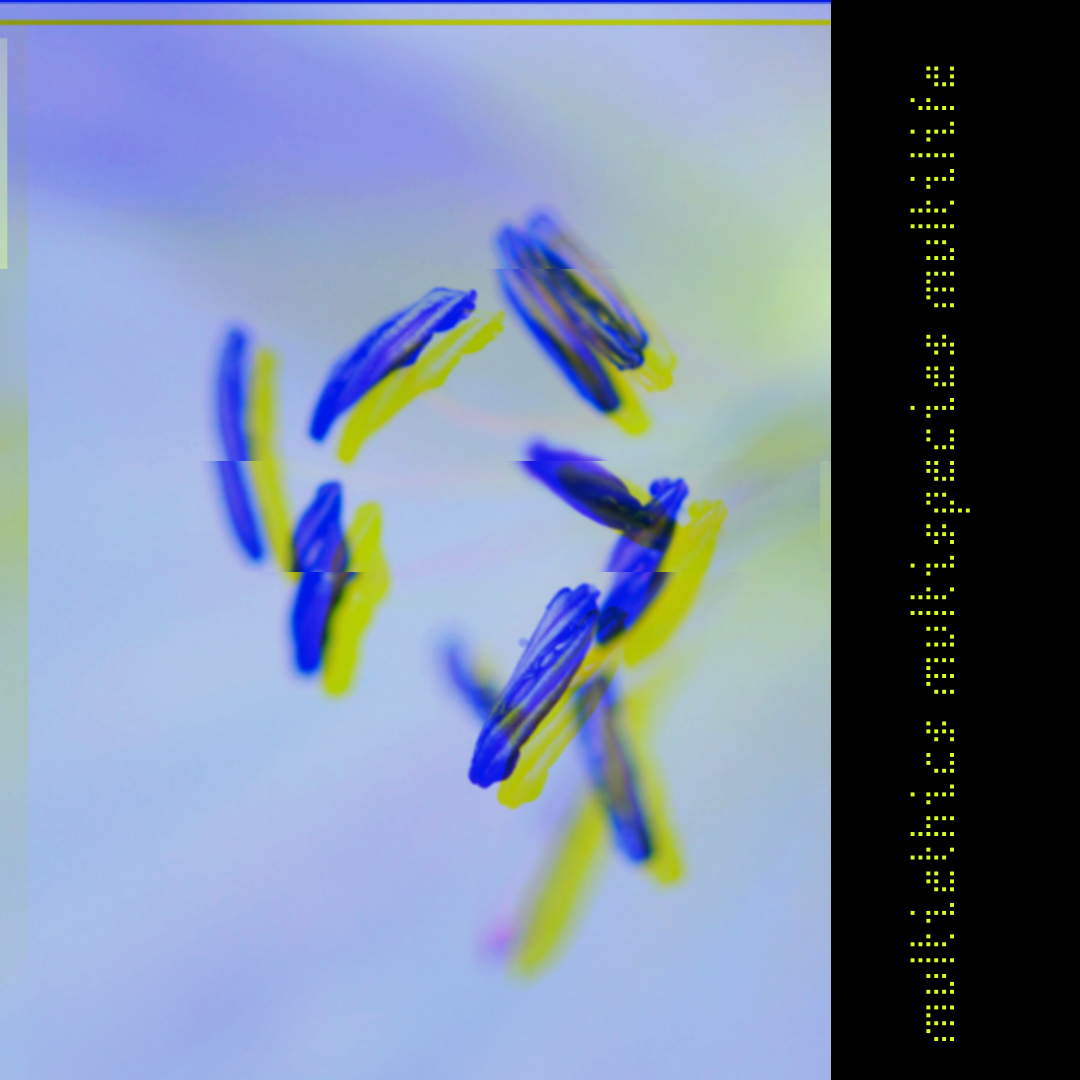
Scott Russell Sanders
Artist Statement: Talking & Listening to Plants
We take care of what we love. But how do we learn that love?
When I was a boy, walking with my father in the woods near our home in Ohio, he would often say he wanted to visit an old friend. Then he would guide me to some great tree, and before he told me its name, he would have me notice the shape of its leaves, the sound of the wind in its branches, the smell and feel of the bark, the flowers or nuts it might bear, the plants that grew in its shade. Once I had become acquainted with the tree, he would say, for instance, “This old fellow is Sycamore,” and then he would say, “Sycamore, this is my son, Scott.” And so I met various kinds of oaks and maples and hickories, beech and sassafras, black cherry and tulip-tree, mulberry and walnut, and dozens of other species. In this way my father taught me not only to identify trees by their distinctive traits, but to recognize them as fellow creatures, each one an individual just as I was, and each one also, as I was, a member of a family—an ironwood among ironwoods, a sweetgum among sweetgums.
Today, having celebrated trees in a series of books, I’m sometimes asked, in a tone of incredulity, “Do you actually hug trees?” to which I reply, with equal incredulity, “Of course. Don’t you?”
15 June 2021
SCOTT RUSSELL SANDERS is the author of more than twenty books of fiction, essays, and personal narrative, including Dancing in Dreamtime, Divine Animal, Hunting for Hope, and The Way of Imagination. He is a Distinguished Professor Emeritus of English at Indiana University, and a fellow of the American Academy of Arts and Sciences. He and his wife, Ruth, a biochemist, have reared two children in their hometown of Bloomington, in the hardwood hill country of southern Indiana.

